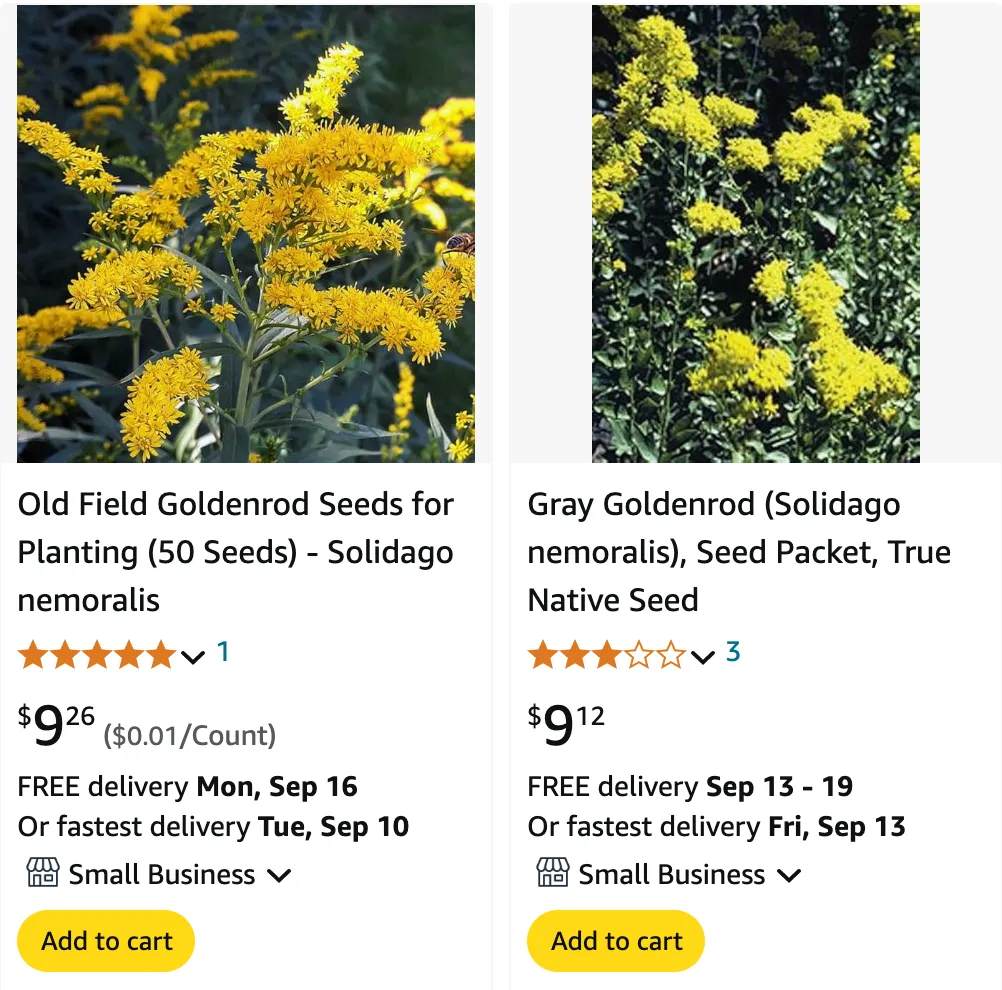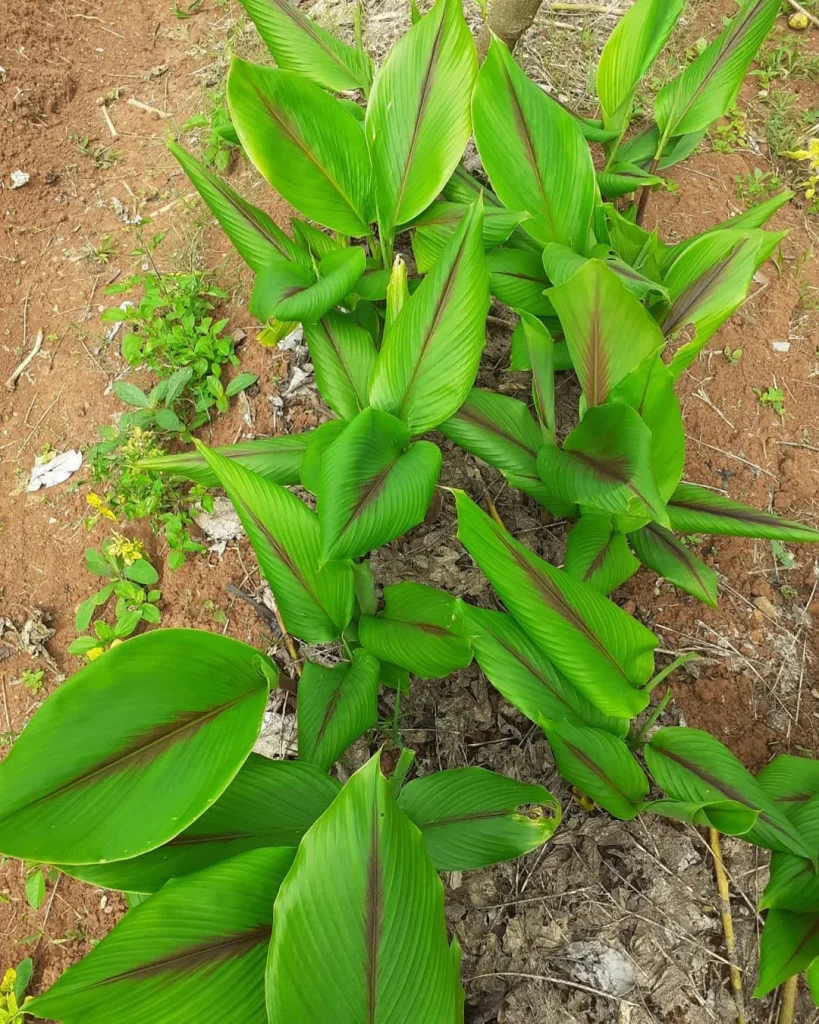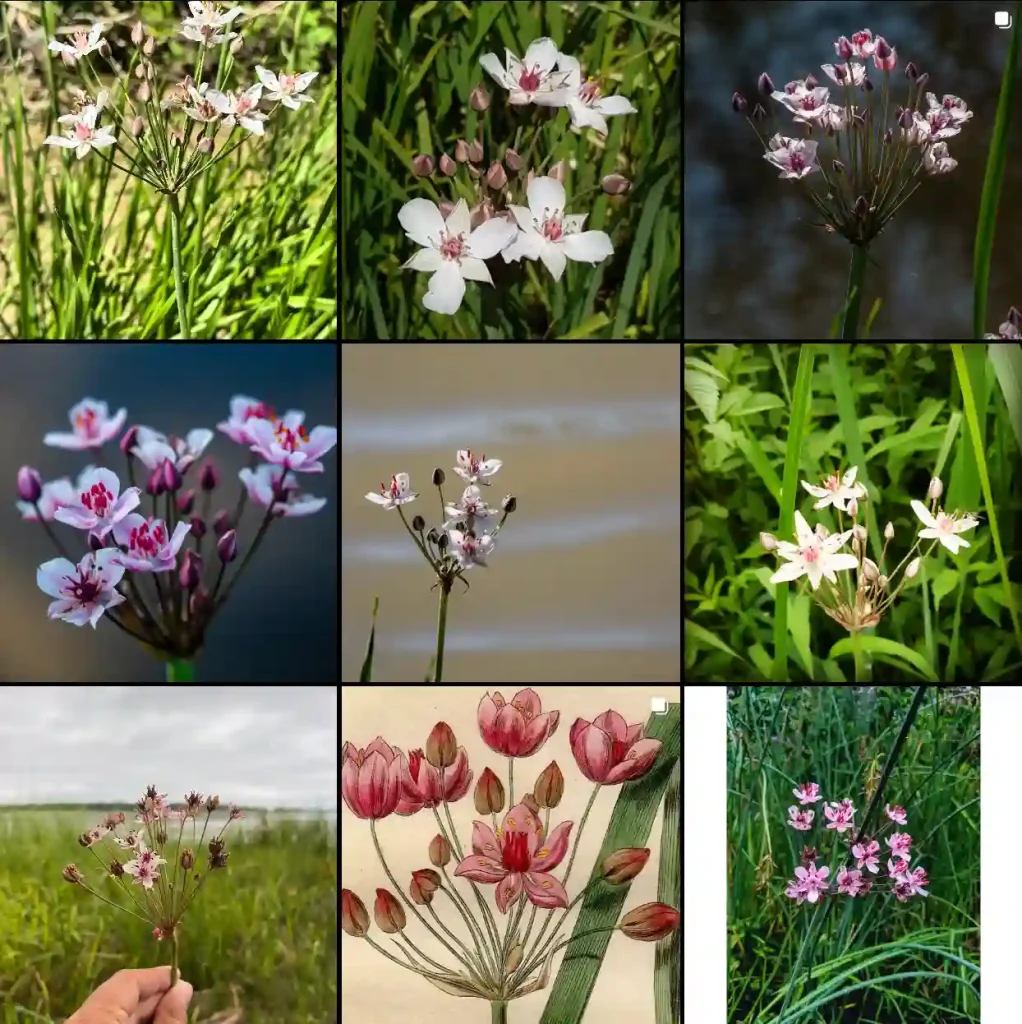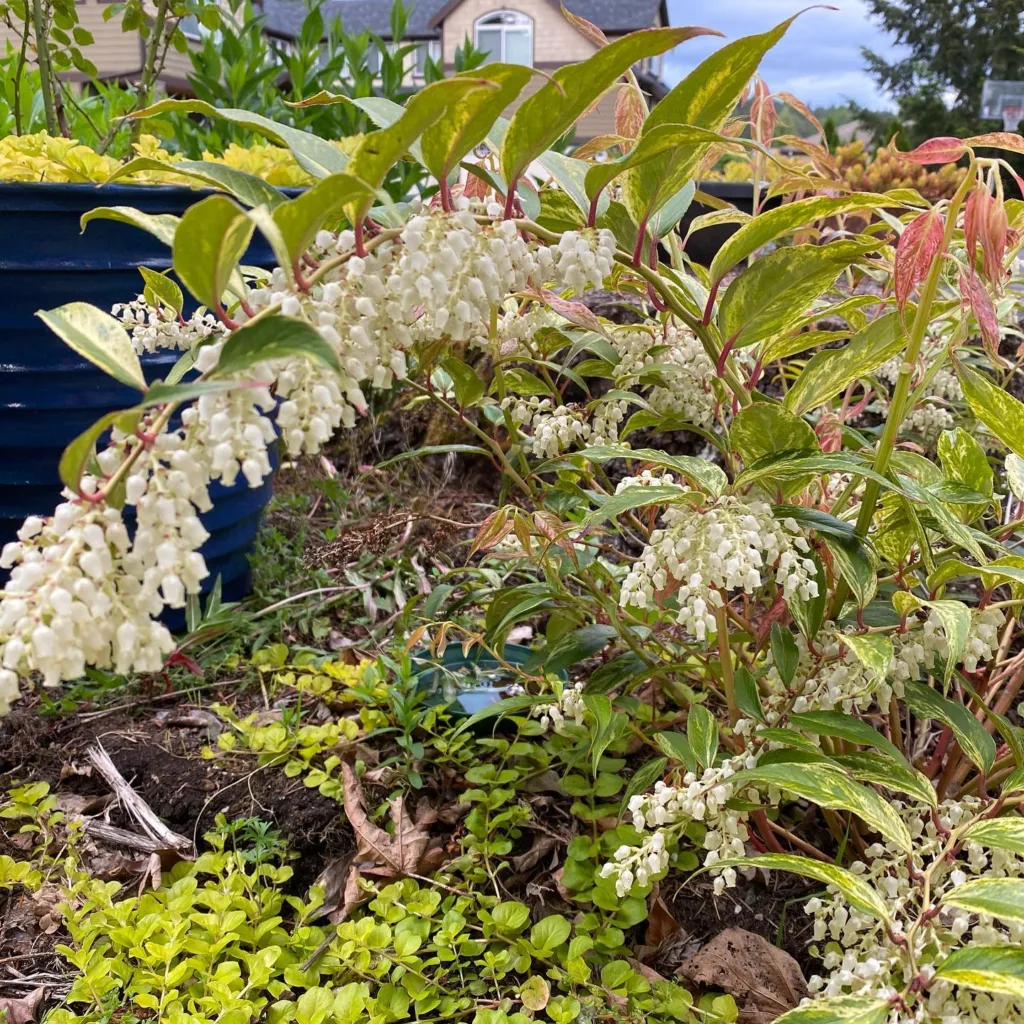
Solidago Nemoralis: Your FAQs Answered
When it comes to garden plants that can add a burst of color and a touch of wild beauty, Solidago Nemoralis, commonly known as Gray Goldenrod, is a fantastic choice. As someone who’s grown and appreciated this versatile plant, I’m excited to share some common questions and answers about Solidago Nemoralis that I’ve encountered. From care tips to its benefits, here’s everything you need to know.
145 Species in Genus Solidago
What is Solidago Nemoralis?
Solidago Nemoralis is a perennial plant that belongs to the Asteraceae family. It’s known for its bright yellow flowers that bloom in late summer to early fall. Unlike many other goldenrods, Solidago Nemoralis is more compact and forms a dense clump of grass-like foliage, making it an excellent choice for smaller garden spaces or as a border plant. It’s native to North America, thriving in a range of environments from prairies to open woodlands.
How to Care for Solidago Nemoralis?
Caring for Solidago Nemoralis is relatively straightforward. Here’s what you need to keep in mind:
- Sunlight: This plant thrives in full sun but can tolerate partial shade. Aim for at least 6 hours of direct sunlight daily.
- Soil: It prefers well-drained soil. While it can adapt to various soil types, ensuring good drainage is key to preventing root rot.
- Watering: Solidago Nemoralis is drought-tolerant once established. Water regularly during the first growing season to help the plant establish a strong root system. After that, it can survive with minimal watering.
- Fertilizing: Fertilizing is generally not necessary. However, if you want to give it a boost, apply a balanced, all-purpose fertilizer in early spring.
- Pruning: Deadhead the flowers after they’ve faded to encourage a tidy appearance and prevent self-seeding. In late fall or early spring, you can cut back the plant to about 6 inches above the ground.
How to Propagate Solidago Nemoralis?
Propagation of Solidago Nemoralis can be done through seeds or division:
- Seeds: Collect seeds after the flowering season when they are dry. Sow them directly in the garden in late fall or early spring. They may need a cold stratification period to germinate, so placing them in the fridge for a few weeks before sowing can help.
- Division: Divide the clumps in early spring or late fall. This is a good way to propagate established plants and also helps in rejuvenating the plant.
What to Plant With Solidago Nemoralis?
Solidago Nemoralis pairs well with various other garden plants:
- Purple Coneflower (Echinacea purpurea): The vibrant purple flowers of Coneflowers contrast beautifully with the golden yellow of Solidago Nemoralis.
- Black-eyed Susan (Rudbeckia hirta): Another late-blooming perennial that complements the golden hue of Goldenrod.
- Blazing Star (Liatris spicata): Its tall spikes of purple flowers create a striking vertical element in combination with the golden blooms of Solidago Nemoralis.
- Autumn Joy Sedum (Sedum ‘Autumn Joy’): The pinkish-red blooms of Sedum provide a lovely contrast to the yellow flowers and extend the season of interest in the garden.
Is Solidago Nemoralis Toxic?
Solidago Nemoralis is not considered toxic to humans or pets. However, as with any plant, it’s a good practice to avoid ingestion and ensure that pets do not chew on garden plants. While not toxic, some people may have allergies or sensitivities to goldenrod pollen.
Benefits of Solidago Nemoralis
Solidago Nemoralis offers several benefits:
- Pollinator Friendly: The bright yellow flowers attract bees, butterflies, and other beneficial insects, making it a great choice for a pollinator garden.
- Low Maintenance: Its hardy nature and minimal care requirements make it an easy plant to grow and maintain.
- Drought Tolerance: Once established, it can withstand periods of drought, reducing the need for frequent watering.
- Wildlife Habitat: It provides habitat and food for various wildlife species, contributing to a healthy garden ecosystem.
Common Problems with Solidago Nemoralis
While Solidago Nemoralis is generally low-maintenance, there are a few issues you might encounter:
- Powdery Mildew: This fungal disease can affect goldenrod plants, especially in humid conditions. Ensure good air circulation and avoid overhead watering to minimize the risk.
- Self-Seeding: If not managed, Solidago Nemoralis can spread and become invasive. Deadheading and regular maintenance can help control its spread.
- Leaf Spots: These can occur due to overwatering or poor air circulation. Adjust watering practices and ensure proper spacing between plants to prevent this issue.
Compare Solidago Nemoralis With Other Goldenrods
Solidago Nemoralis is often compared to other goldenrods like Solidago canadensis (Canadian Goldenrod) and Solidago rugosa (Rough Goldenrod). Here’s a quick comparison:
- Solidago canadensis: Generally taller and more aggressive in spreading compared to Solidago Nemoralis. It may not be suitable for smaller gardens.
- Solidago rugosa: Known for its rough, textured leaves and taller stature. It also tends to spread more aggressively.
Solidago Nemoralis is a great choice if you want a compact, manageable goldenrod that provides vibrant color without overwhelming your garden.
In summary, Solidago Nemoralis is a versatile and beneficial plant for any garden. Its bright blooms, ease of care, and wildlife benefits make it a standout choice for adding color and vitality to your garden landscape.
If i die, water my plants!



